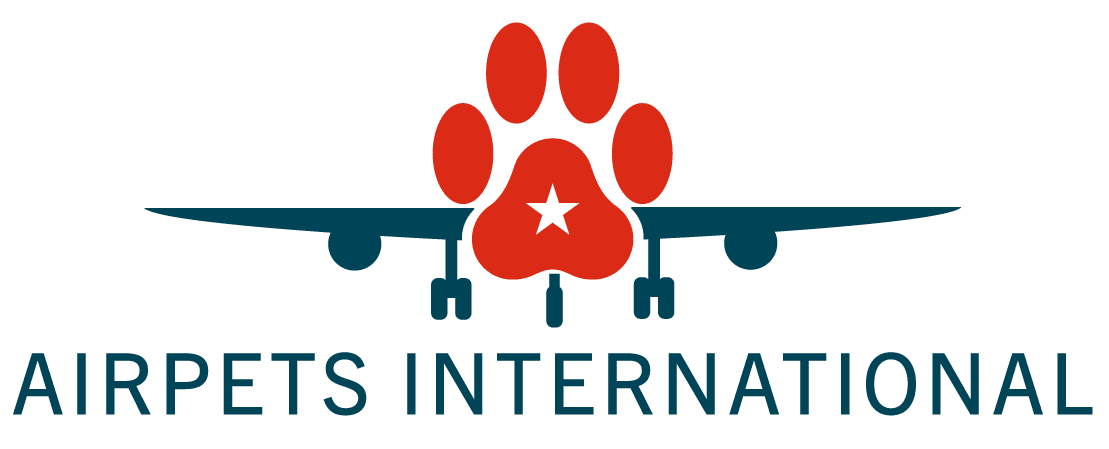Traveling with a service animal differs significantly from traveling with a pet, although there are shared rules and regulations. Let’s delve into the specifics of flying with a service animal.
Service animals, typically dogs or occasionally miniature horses, play a vital role in assisting their handlers. These animals undergo extensive training to perform a range of tasks, directly related to the individual’s disability. Tasks may include wheelchair assistance, guiding the blind, alerting during a seizure, indicating the need for medication, and more. It’s crucial to distinguish service animals from Emotional Support Animals, as the former are extensively trained working animals, not pets.
For those flying with a service animal, compliance with rules, such as vaccination records and health certificates, is essential. Depending on the destination, quarantine may also be required. Thorough research beforehand, coupled with assistance from pet travel experts, ensures a smooth journey.
Contacting the airline well in advance is crucial. Many airlines now mandate advanced notification and, in some cases, special verification forms. Even if you’ve booked online, reaching out to the airline immediately after booking is advisable. This ensures a reservation for your service animal and allows the airline to provide specific information about their process, minimizing last-minute surprises.
Service animals typically travel for free in the cabin, either on the handler’s lap or at their feet. Safety regulations dictate that they can’t be in exit rows. Any necessary equipment, like crates or food, can be flown free of charge in the cargo hold as medical equipment.
Security personnel and airlines may inquire about the service dog’s status, focusing on the tasks it’s trained for rather than the handler’s disability. While verbal assurance is accepted, official documents, like the TSA disability notification card, streamline the process discreetly.
Flying with a service dog may lengthen check-in and security screening, necessitating early arrival. Security personnel should be informed that the animal is a service animal, not a pet, allowing seamless movement. During the screening, separation of the handler and the animal is prohibited, though a leash may be required based on the animal’s gear.
After passing through security, head directly to the gate’s check-in counter. Inform flight attendants about the assistance dog to receive guidance through the airline’s process, the plane, and seating arrangements.
For further assistance or information on flying with a service animal, our team of pet relocation experts is ready to help.
Contact Us
Contact one of our specialists or get an estimate to start your journey!
Visit us for more: www.airpetsinternational.com
Call us for more information: 866-738-7447
Email us: info@airpetsintl.com


